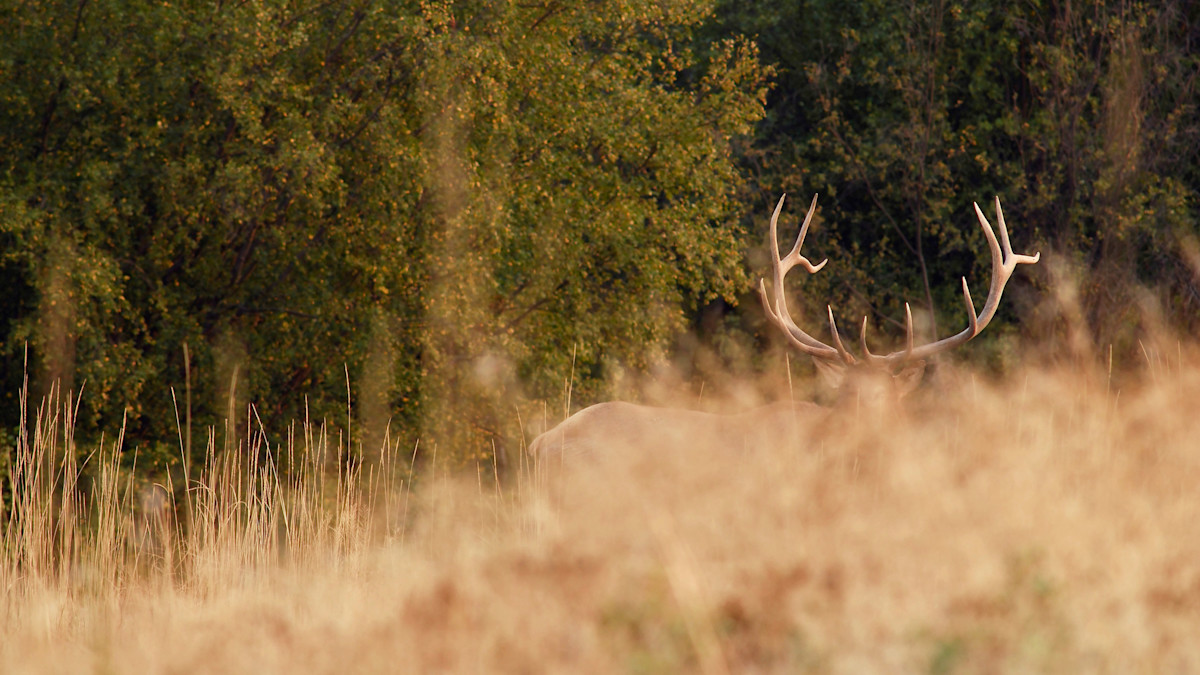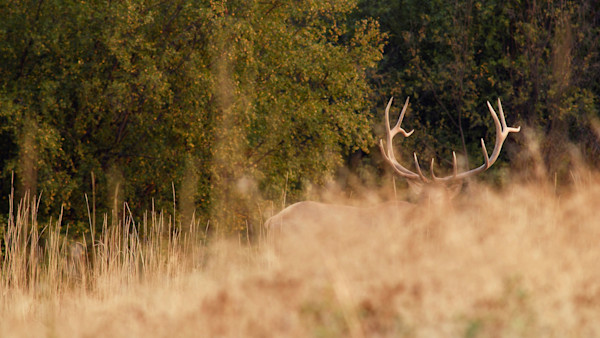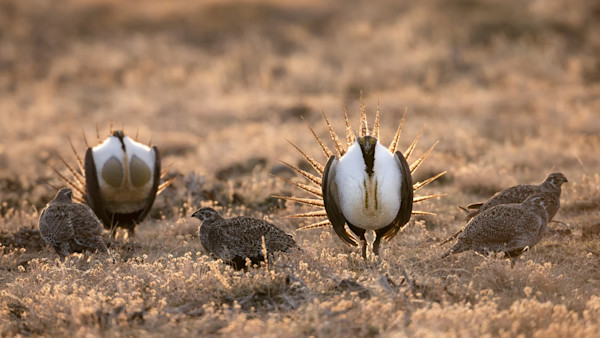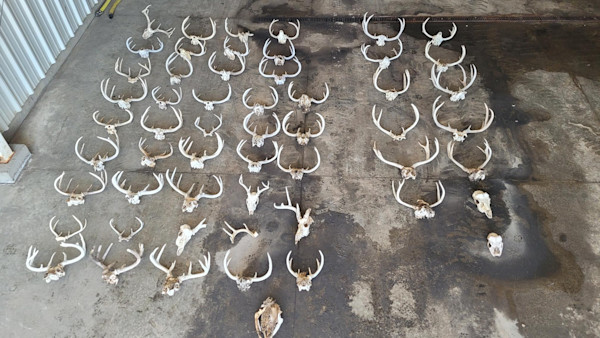Mistaken Identity: Consequences for Killing the Wrong Game Animal

About a decade ago, an overly eager 12-year old version of me raised his hand in hunter safety class.
“What should you do if you shoot a hen pheasant?”
In South Dakota, which is the ringneck hunting capital of the world, harvesting hen pheasants is illegal. The volunteer instructors shrugged their shoulders as they looked at each other before one of them offered a thought.
“Well, I guess coyotes have to eat, too.”
This isn’t the legal or moral thing to do, but it’s likely commonplace in the state where over a million pheasants are bagged each year. Jeremy Roe, a district conservation officer supervisor out of Humboldt, S.D., deals with this upland violation every fall.
“Every incident is handled on a case-by-case basis. If it’s a genuine accident and you’re upfront about what happened, we’ll usually confiscate the bird and give a written warning. It helps when you don’t have a history of previous offenses, as well.”
However, not everyone is honest with wardens. Roe has seen every trick in the book, from breasting out illegal birds in the field to hiding them in the tailpipe of their pickup. Those types of tactics typically don’t end well.
“If you’re working to cover something up, we’re more likely to issue a citation.”
Of course, it seems as the game gets bigger, so do the consequences.
An increasingly common story coming out of the Great Plains are cases of hunters killing wolves that they misidentified as coyotes. In 2017, a North Dakota hunter shot and wounded a gray wolf as he was calling for coyotes. He contacted a game warden after realizing what he’d done, and an officer tracked down the wolf to dispatch it.
The state’s attorney gave the hunter a light sentence, citing that he cooperated with officials and had no criminal history. Still, the North Dakotan was charged with a Class B misdemeanor of hunting a furbearer out of season and paid a $700 fine. Similar reports out of Kansas in 2013, Missouri in 2014, and South Dakota in 2018 describe hunters in familiar scenarios. They all received light sentences, too.
On the other end of the spectrum is a hunter out of Wyoming who claimed he shot a whitetail/mule deer hybrid. The buck was a well-known 230” trophy mule deer, which the hunter placed a whitetail tag on.
“When I got up to it, from the shoulders up I didn’t see any whitetail characteristics, but the tail to me was about as whitetail as any whitetail I’ve seen. I should have called the Game and Fish officer and had him come and look at it at the time. That’s where I guess I made a bad mistake,” said the offender.
However, the warden didn’t feel it was a genuine case of mistaken identity, noting that the deer had “no characteristics” of being a hybrid. Just to be sure, laboratory testing confirmed the deer’s genetic purity. The man agreed to a plea bargain that included a $10,000 fine, up to 10 days in jail, and a seven-year loss of hunting and fishing privileges.
A more unusual case comes out of Missouri, where a 14-year old girl killed a young bull elk. She was deer hunting with her dad, who was nearby on the same property, but not directly next to her when it happened. The teenager said she thought it was a large whitetail. Her father immediately contacted a conservation officer to let him know of the mistake.
There’s no elk season in the state, so they’re protected by the Missouri Wildlife Code. However, because of their rarity, officials never considered creating a law that would specifically address what happens when someone kills one. The hunter didn’t receive any citations, but did have the meat, cape, and antlers confiscated.
In Colorado, this type of thing has become quite routine for moose. One wildlife official estimates that about a dozen moose a year are mistakenly killed by elk hunters. Most recently, a resident hunter self-reported doing just that in the southwestern part of the state.
“I’ve never felt like a bigger idiot. I feel sick about it,” he told an officer.
The hunter said it happened as light was fading. The moose was bedded at 300 yards, and the man didn’t have binoculars to confirm the animal’s identity. After the shot, the hunter called authorities and met someone from the Colorado Parks and Wildlife (CPW) at the scene the next morning.
The man was charged with careless hunting, which carries a fine up to $1,000. He’ll also be assessed 20 hunting license suspension points, which means he’ll face a license suspension that is at the discretion of a CPW hearing officer.
This story, like many others, is a reminder that hunters need to be 100 percent sure of their target. Matt Thorpe, an area wildlife manager for CPW, offers some wisdom to sportsmen who might slipup.
“Anyone can make a mistake. What’s important and what sets responsible hunters apart is how they handle their mistake.”
Feature image by John Hafner.







Conversation